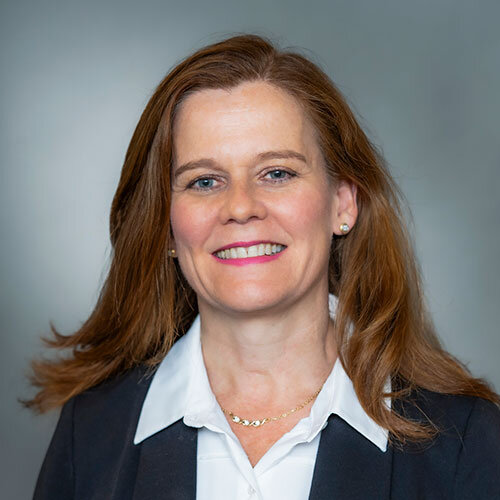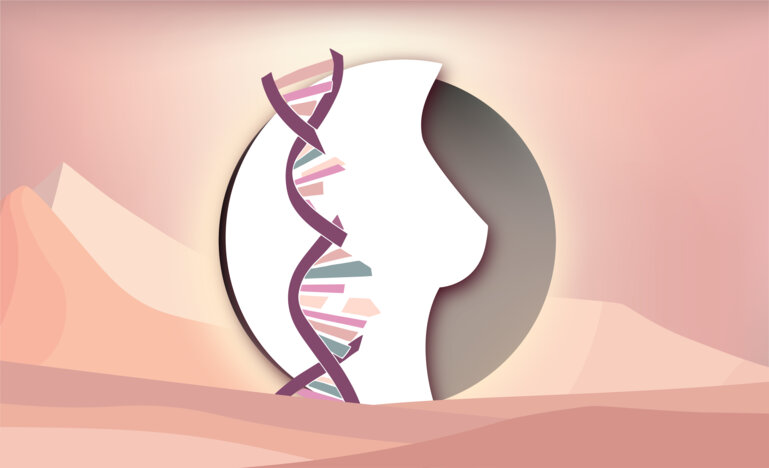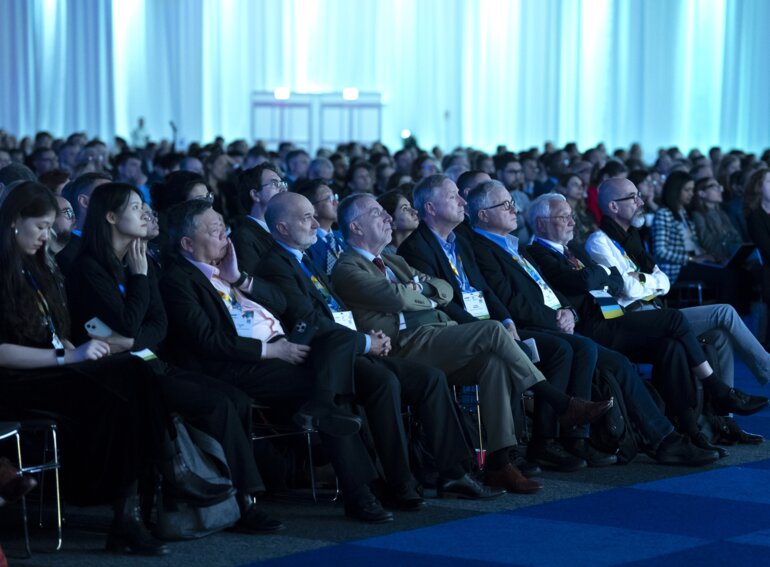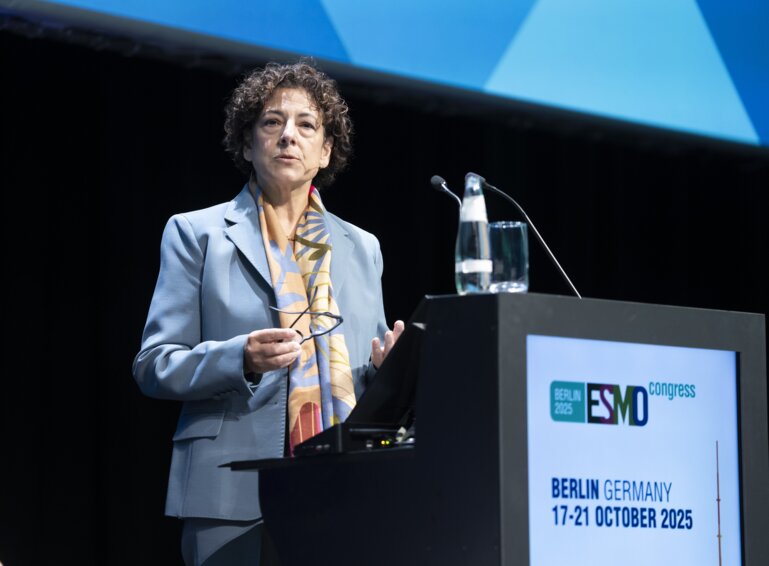Recent studies have refined current knowledge on how to better treat this patient population, taking care of their unique needs and expectations
Young patients with breast cancer continue to experience worse outcomes than many older patients, despite significant advances in early detection and treatment of the disease in patients in general over recent years (Breast. 2022;61:77–83). As these women are at the peak of their reproductive years, family life and careers, key issues relate to fertility and family planning, genetics, body image and sexual health. Treatment choices can be more problematic in younger than in older individuals as younger patients typically present with aggressive disease that requires intensive therapy. In addition, survivorship issues, such as risk of secondary malignancy and the consequences of recurrent disease, are also serious considerations. There is a growing body of data to suggest that risk of recurrence increases with younger patient age; a large retrospective cohort study in almost 3,000 patients found young age to be associated with the worst locoregional recurrence-free survival, disease-free survival, and late distant metastasis-free survival in patients with oestrogen receptor-positive, HER2-negative disease (JAMA Netw Open. 2024;7:e2442663).
Newer treatments such as immunotherapies, HER2-directed therapies, CDK4/6 inhibitors (for hormone receptor [HR]-positive disease) and PARP inhibitors (for BRCA-mutated breast cancer) are likely to be as effective in younger patients as in older individuals. However, clinical trials typically include relatively low numbers of younger patients, so it can be challenging to obtain the relevant clinical evidence in this subgroup. An exception is the phase III OlympiA trial (NCT02032823) of patients with high-risk, HER2-negative early breast cancer and a BRCA1/2 germline mutation; more than 900 patients with a median age of 42 years were randomised to receive adjuvant olaparib after completion of standard therapy. The study reported a significantly longer duration of survival free of invasive or distant disease following 1 year of olaparib compared with placebo (N Engl J Med. 2021;384:2394–2405). Notably, this survival benefit persisted at 6 years with no increased risk of secondary myelodysplastic syndrome or acute myeloid leukaemia (SABCS 2024; SESS-1568).
In terms of supportive care, the POSITIVE trial (NCT02308085) provides encouraging data for younger patients who wish to start or complete a family. The study was conducted in 516 women ≤42 years of age (median age, 37 years) with HR-positive breast cancer who had received adjuvant endocrine therapy for 18–30 months and wished to conceive (N Engl J Med. 2023;388:1645–1656). At a median follow-up of 41 months, the study showed that temporary interruption of endocrine therapy to attempt pregnancy did not increase the short-term risk of breast cancer events compared with an external control cohort. Five-year follow-up data are anticipated later this year.
Several new trials are addressing other key questions for younger women with breast cancer; one example is a large study (Extended Ovarian Suppression [EOS]) that is being planned to investigate optimal extended endocrine therapy for women who have already received 5 years of treatment to suppress ovarian function. Currently, premenopausal women receive tamoxifen after 5 years, but it is unclear whether they would also benefit from additional ovarian suppression. A further two ongoing international trials – the phase III OFSET or NRG-BR009 trial (NCT05879926) and OPTIMA (ISRCTN42400492) – are investigating whether chemotherapy provides a benefit to young women in a low-to-intermediate tumour genomic setting, or whether the same level of benefit may be achieved with ovarian suppression alone.
While there has been progress in research in the field leading to improved knowledge to provide better care for this patient population, initiatives such as the Breast Cancer in Young Women (BCY), now a fully dedicated part of ESMO Breast Cancer 2025, play a critical role in bringing together experts from around the world to specifically address issues that are unique or particularly relevant to women aged <40 years. As we expand our knowledge of the disease processes involved in breast cancer in young women, so must our appreciation of the challenges faced by these patients to optimise their quantity and quality of life while providing them with the medical and psychological support they need.
Programme details
Partridge AH. A decade of BCY: What we have done and where we are going. ESMO Breast Cancer 2025
Keynote Lecture, 16.05.2025, h. 16:45 – 17:15, Room H4
Controversies and consensus on controversial issues in the care of breast cancer in young women. ESMO Breast Cancer 2025
17.05.2025, h. 10:00 – 12:05, Room H4









